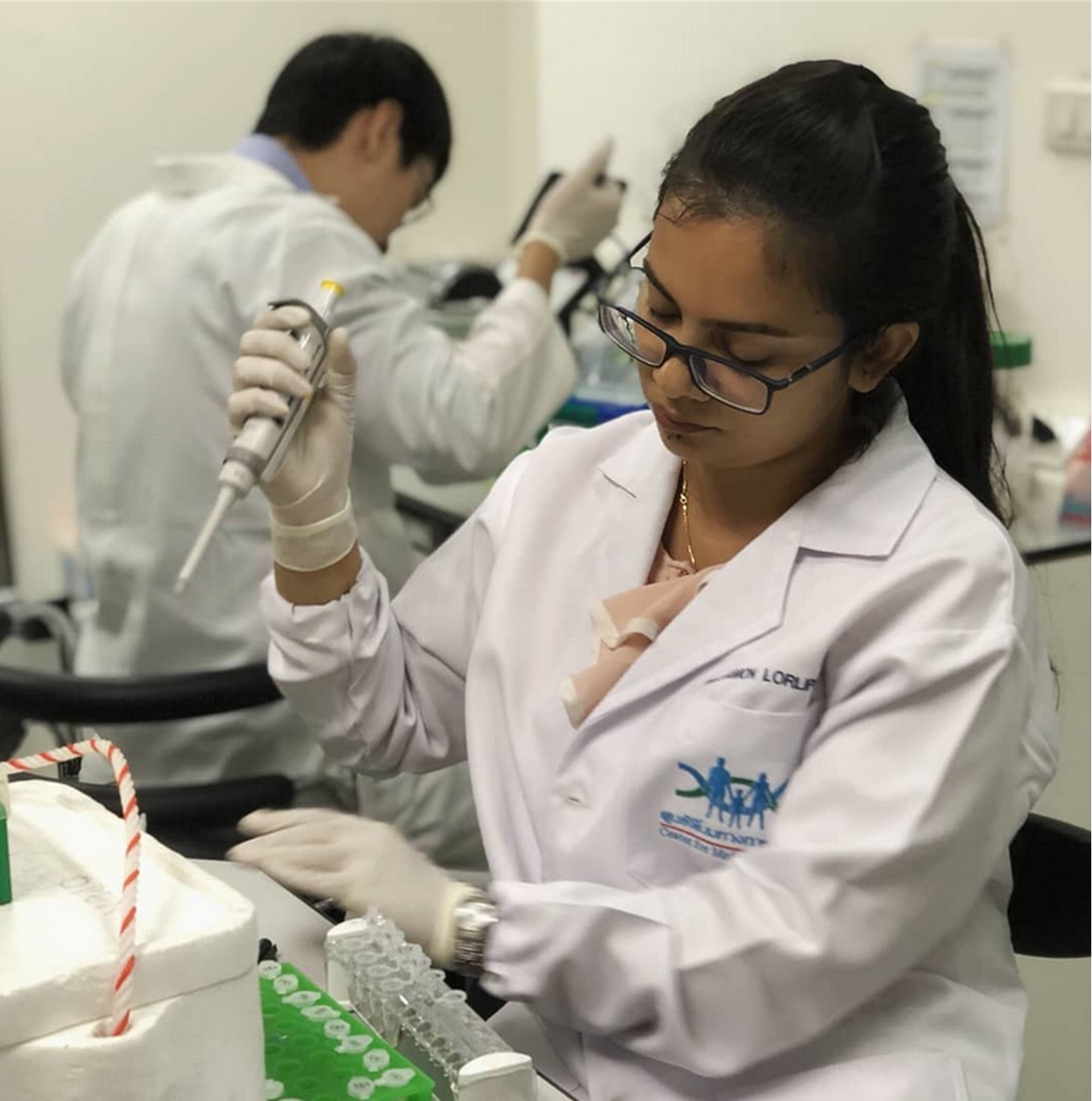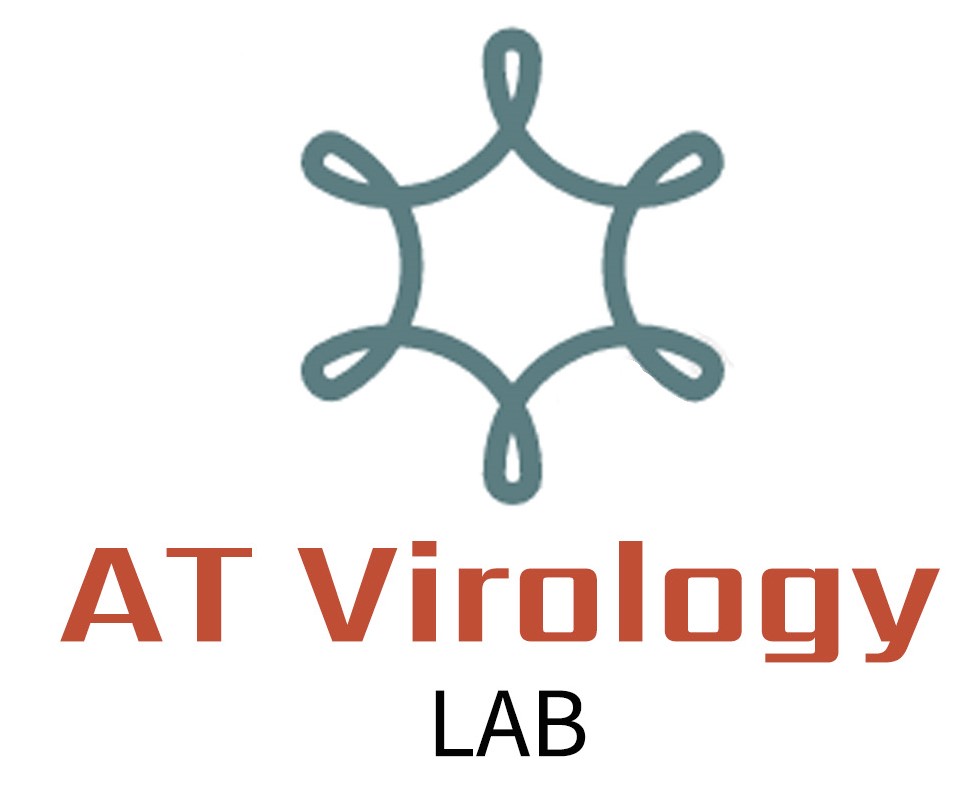Researcher Profiles
A passion turned into a mission of pathogen discovery



June 2022 — Since she was a child, Natali Ludowyke, who finished her PhD in Microbiology just last month, was always interested with the science behind everything we cannot see with our naked eyes. This interest became her motivation in choosing to major in Science, specifically in microbiology and molecular biology. Ludowyke hails from Sri Lanka but ended up pursuing her bachelor’s degree in Biosystems Engineering in Thailand. It was during her undergraduate studies that she further developed her passion for molecular biology. Thereafter, she was accepted as a PhD student in Mahidol University’s International program for Microbiology with scholarship, where she joined the AT lab.
Ludowyke’s PhD research combines her passion for molecular work and her curiosity about microbial pathogens. Under the guidance of Dr. Arunee Thitithanyanont, she posed to address a certain gap that is lacking in the medical research field — a method to identify viral pathogens, in patient samples, that remain unidentifiable using standard methods.
An alternative approach to viral detection
To understand the relevance of her work, Ludowyke says that it begins with the fact that the standard use of PCR-based techniques, which are considered the standard for viral detection in patient samples, possess certain limitations. These include the requirement of known viral sequences to be targeted and that, unlike bacterial and fungal pathogens, viruses do not possess universally conserved genes. This limits the range of targeted viruses for detection to a number of commonly known ones. She adds that an alternative approach to viral detection in blood samples is via metagenomic next-generation sequencing (mNGS). Compared to conventional methods, mNGS can be used for detection without prior knowledge of the pathogens. However, clinical samples often contain small-to-trace amounts of viral genetic material, which complicates sample processing and data analysis. To overcome this deterrent, Ludowyke employed the use of a technique called target enrichment (TE) using virus capture sequencing (VirCapSeq), whose purpose is to enrich viral sequences in clinical samples and increase viral reads. In her study, Ludowyke used a TE-NGS platform incorporated with VirCapSeq to detect viruses present in clinical blood samples.
Identifying the unidentifiable
The TE-NGS platform that Ludowyke worked on has broad implications. One in particular, and that which she chose to investigate, is its application among pediatric patients who have undergone hematopoietic stem cell transplant (HSCT). HSCT entails the infusion of hematopoietic stem cells intravenously, in order to restore the production of blood cells in patients with damaged bone marrow/defective immune systems. Ludowyke’s patient cohort includes pediatric patients who have undergone HSCT and later developed febrile neutropenia (fever accompanied with other signs of infection). She goes on to say that this particular cohort was chosen because reports revealed that majority of the patients who undergo HSCT in Thailand develop febrile neutropenia; and that although some cases were found to be caused by bacteremia (presence of bacteria in the blood), a vast majority of the cases have unknown etiology.
Using the TE-NGS platform to detect viral pathogens, Ludowyke discovered the prevalence of the human pegivrus-1 (HPgV-1) in her patient cohort. HPgV-1 is associated with causing serious morbidity, including the progression of HIV disease, and mortality. It is also a virus that is not covered by routine tests in clinical settings in Thailand.
Scarcity breeds novelty
Ludowyke’s work stemmed from the lack of comprehensive diagnosis for viral pathogens in the clinical setting. Ultimately, she believes that there is a long way to go for alternative approaches for extensive viral diagnosis to be viable for clinical use, but as she puts it, “we are getting there”.
Laying the groundwork is never easy, but in the future, Ludowyke is hopeful that her work can be optimized into including other types of clinical samples and help clinicians mitigate disease progression through accurate diagnosis.
— Jikka Nealiga
You can read more about Natali Ludowyke's research here.
